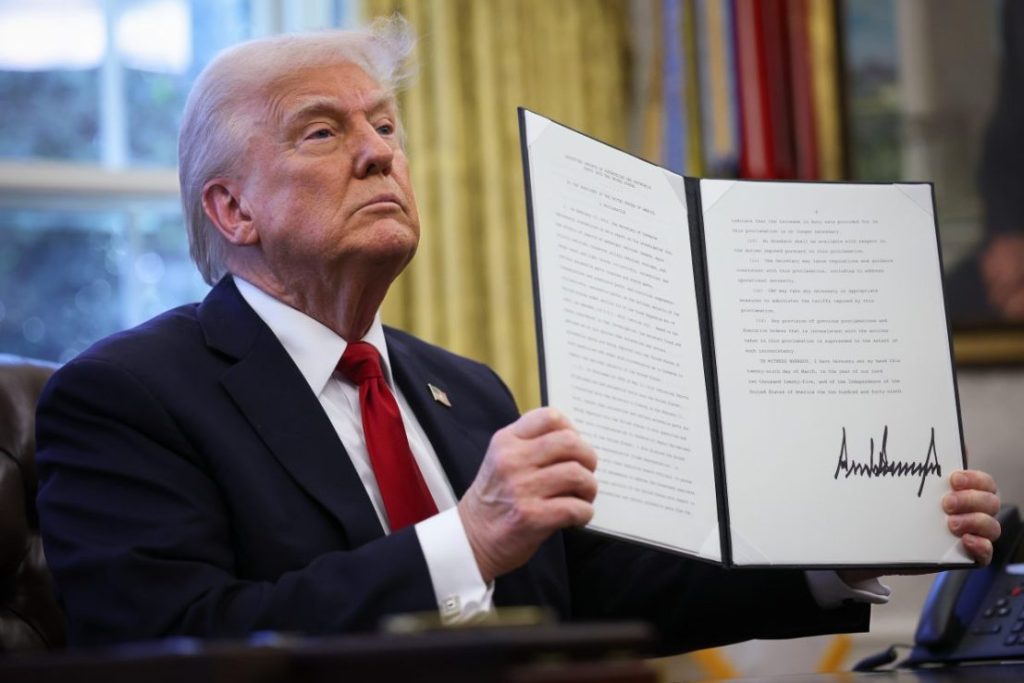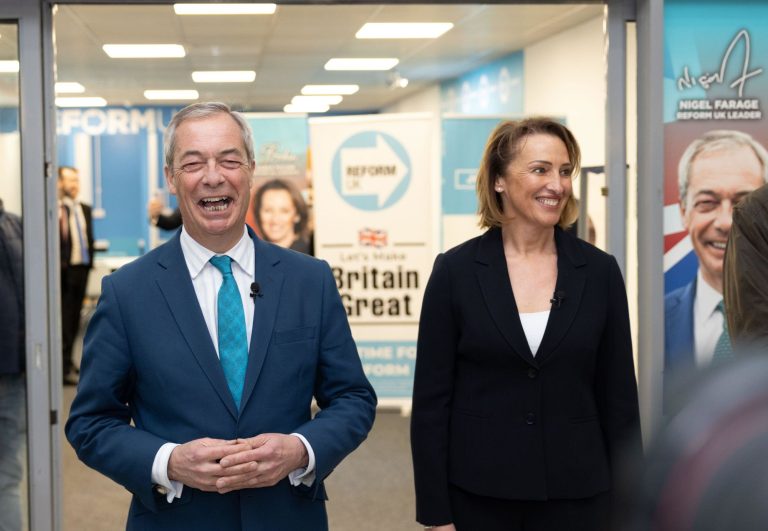
In recent developments, Tehran has firmly rejected the prospect of entering into direct negotiations with the United States, a decision communicated through Iranian President Masoud Pezeshkian. This comes in response to a letter from former U.S. President Donald Trump, addressing Iran’s progressing nuclear program. This move appears to increase the already simmering tensions between the two nations.
Iran’s Stance on Direct Negotiations
The Iranian government, while dismissing direct talks, has indicated a willingness to remain open to indirect negotiations. This stance highlights a complex diplomatic landscape where direct channels are stalled, yet potential indirect pathways remain accessible. For years, these indirect discussions have struggled to yield substantial outcomes, largely due to historical grievances and stalled agreements, particularly following Trump’s withdrawal from the Iran nuclear deal in 2018.
The offer from Trump to engage directly underscores the critical nature of the situation as both the U.S. and Israel have declared their commitment to preventing Iran from developing a nuclear arsenal. The potential military implications of Tehran advancing its uranium enrichment to near weapons-grade levels pose a substantial concern internationally.
The Broader Context and Historical Strains
Iran has consistently posited that its nuclear ambitions harbor peaceful intentions. Nevertheless, heightened rhetoric from some Iranian officials regarding the potential pursuit of nuclear weapons exacerbates fears of increased regional instability. This is coupled with the geopolitical tensions arising from U.S. sanctions and the breakdown of ceasefires, such as Israel’s recent conflict in the Gaza Strip.
During Trump’s initial presidency, the U.S.-Iran relations were fraught with significant strain. His decision in 2018 to exit the multilateral nuclear accord initiated a cascade of economic sanctions that crippled Iran’s financial standing. Iran’s retaliatory measures have historically included aggressive actions at sea, notably the attack that severely impacted Saudi oil production. Moreover, Trump’s directive to eliminate Iran’s top military leader in a drone strike near Baghdad further strained bilateral relations.
The Strategic and Diplomatic Implications
- Impacts on Middle Eastern Stability: The ongoing dilemma over Iran’s nuclear capabilities remains a flashpoint in Middle Eastern geopolitics. The insistence by Tehran on sovereignty over its nuclear program, juxtaposed with Western powers’ calls for disarmament, continues to challenge diplomatic efforts.
- Potential for Military Confrontation: With Iran’s progress towards nuclear armament, the specter of a military confrontation looms, particularly given Israel’s and the U.S.’s red lines against nuclear escalation.
- Role of International Diplomatic Channels: The viability of indirect negotiations remains a crucial component in diffusing tensions. The reliance on third-party mediators and international bodies could serve as integral in facilitating dialogue amidst entrenched hostilities.
The ramifications of this diplomatic standoff are profound, with implications reaching far beyond the immediate U.S.-Iranian interaction. The path forward hinges significantly on the ability to navigate these intricate negotiations, leveraging diplomatic finesse to avert further escalation and fostering a strategic dialogue crucial to broader geopolitical stability.
With these recent revelations, the global community watches closely as both Washington and Tehran maneuver through this precarious junction. Understanding the diverse geopolitical ramifications, stakeholders are urged to approach this dialogue with measured prudence to encourage resolutions that uphold regional and international security commitments.



